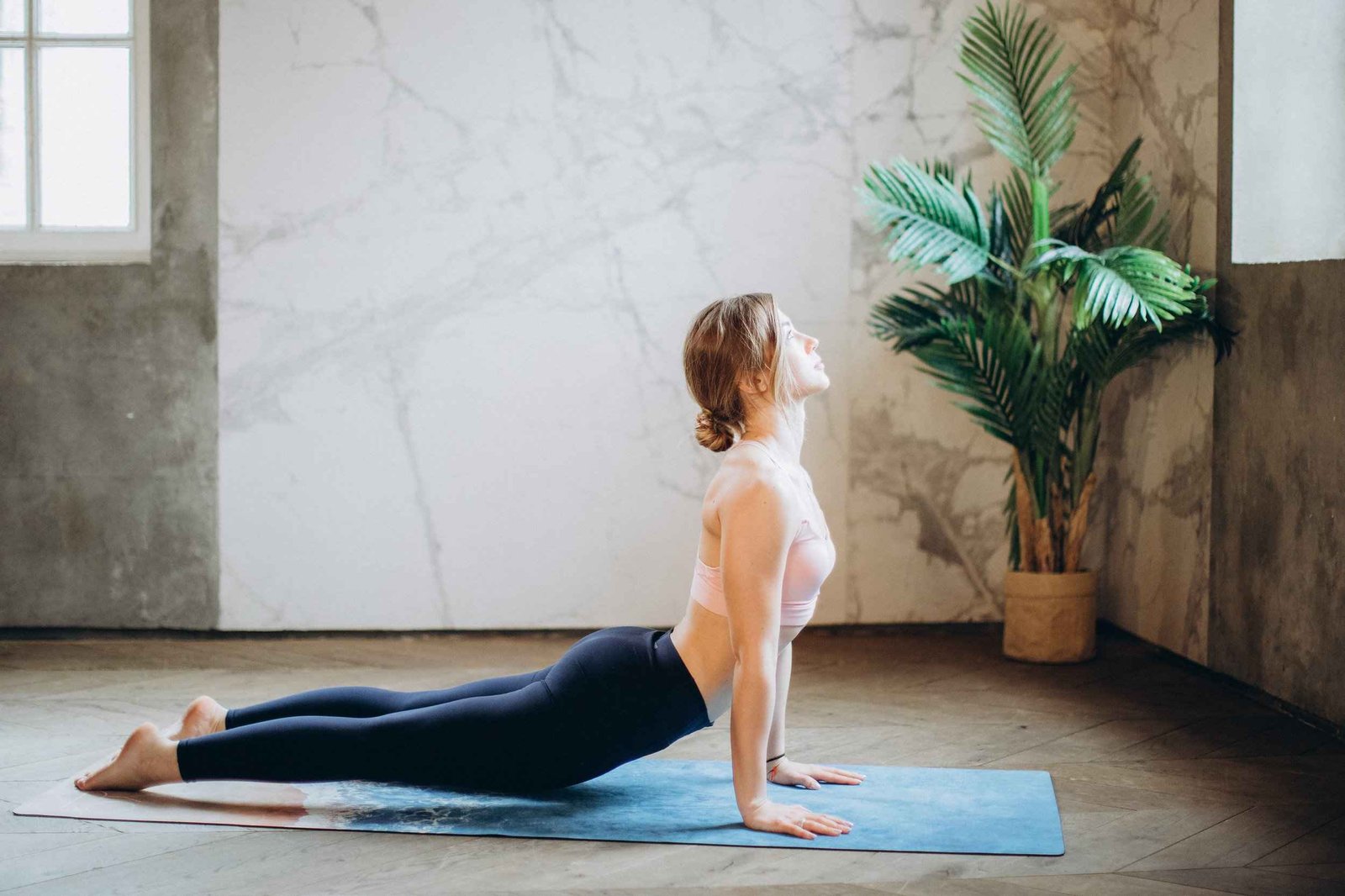The Importance of Warm-Ups and Injury Prevention
Starting any workout, whether yoga or another form of exercise, should always include a warm-up. Research shows that warming up not only enhances performance but also lowers the risk of injuries. A good warm-up should match the activity you’re about to do and consider your personal needs, including the intensity, duration, and muscle groups you’ll be using.
In this article, we’ll look at how warm-ups prepare your body for exercise, the benefits they offer, and how they help prevent injuries.
What Is a Warm-Up?
A warm-up is a low-intensity activity that slowly increases your body temperature and prepare your muscles, joints, and cardiovascular system for more intense physical activity.
Why Warm-Ups Are Important
Warm-ups are a key part of any workout routine. They help prepare your body for physical activity and protect against injuries by:
- Gradually increasing your heart rate, breathing, and body temperature.
- Loosening stiff muscles and improving flexibility.
- Boosting coordination, balance, and reaction time.
What Happens to Your Body During a Warm-Up?
When you warm up, your body goes through some important changes:
- Increased Body Temperature: Warm muscles are more flexible and less prone to stiffness, improving performance. Your metabolism also speeds up, enhancing energy production.
- Better Oxygen Flow: Your heart pumps more blood, delivering oxygen more effectively to your muscles.
- Improved Nerve Function: Warming up enhances the connection between your brain and muscles, improving coordination.
- Reduced Risk of Injuries: Increased blood flow makes muscles more pliable, lowering the chance of strains or sprains.
Benefits of Warming Up
- Improved Flexibility: Your muscles and tendons become more elastic, reducing the risk of injury.
- Injury Prevention: Warm-ups prepare your body’s tissues, making them less likely to tear.
- Enhanced Circulation: Gradually increasing your heart rate improves blood flow and helps your muscles perform better.
- Boosted Performance: With better muscle coordination, you can run faster, lift heavier, or move more efficiently.
- Sharper Focus: A warm-up helps you mentally prepare, creating a connection between your mind and body.
What Happens If You Skip a Warm-Up?
Skipping a warm-up can lead to:
- Muscle Tightness: Cold muscles are less flexible and more likely to cramp.
- Dizziness or Fainting: Abrupt changes in blood flow can leave you feeling lightheaded.
- Heart Strain: For those with heart conditions, sudden intense activity without warming up can be dangerous.
Types of Warm-Ups
Warm-ups can be active or passive:
- Active Warm-Ups: These involve physical movement to prepare your body.
- General Warm-Up: Light exercises like jogging or jumping jacks to increase heart rate.
- Specific Warm-Up: Movements that mimic your main workout, targeting specific muscles.
- Passive Warm-Ups: These involve external methods like massages or heating pads. While they can help relax muscles, they don’t prepare your body for exercise as effectively as active warm-ups.
How to Structure a Warm-Up
A warm-up should take 10–30 minutes, depending on your fitness level, clothing, and environment. Here’s a basic structure:
- Start with Gentle Movements: Begin with light activities like walking or slow jogging to gradually increase your heart rate.
- Do Sport-Specific Movements: Add movements that activate the muscles you’ll be using, such as lunges or arm swings.
- Stretch Dynamically: Perform active stretches, such as leg swings or torso twists, to improve flexibility and range of motion.
Conclusion
Warm-ups are essential for a safe and effective workout. By gradually preparing your body for physical activity, you can reduce the risk of injuries, improve your performance, and make your exercise routine more enjoyable. Never skip a warm-up—it’s a small investment of time that pays off in better health and fitness.

